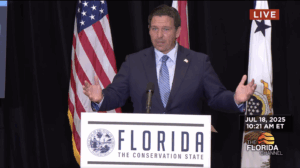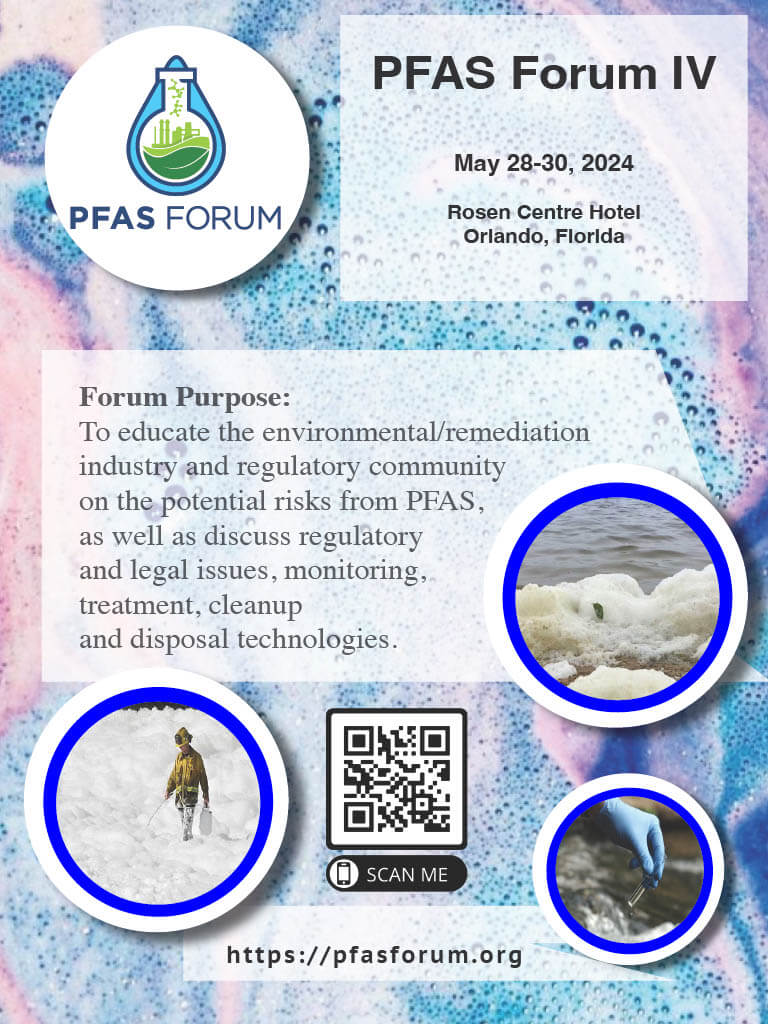A recent opinion piece in the Tampa Bay Times argues for increased inspections and maintenance of septic systems as a means to reduce nitrogen pollution and mitigate harmful algal blooms like red tide. While well-intentioned, this argument is based on a fundamental misunderstanding of how septic systems function and their impact on water quality.
The reality is simple: all septic tanks “leak.” Even a brand-new, recently inspected, fully functioning system releases the same amount of nutrients into the ground as an old or “malfunctioning” system. Inspections and maintenance may help with system longevity and prevent physical failures like clogging, but they do nothing to change the fundamental nature of how septic systems work.
Septic systems are not a closed-loop treatment process. Instead, they are pass-through devices that separate solids from liquids, sending the liquids into a drainfield. There, we rely on soil microbiology to convert ammonia from human waste into less harmful nitrates. However, nitrates still enter groundwater, and in areas with high septic system density or close proximity to waterbodies, they accumulate without sufficient dilution.
Florida’s actual septic system regulations implicitly acknowledge this issue. The policy governing new septic system installations follows the principle that “the solution to pollution is dilution.” In nitrogen-impaired watersheds, septic systems cannot be installed on lots smaller than one acre because larger lots allow for greater dilution. But dilution is not a true solution—it is merely a management strategy that delays the inevitable concentration of nutrients in our waterbodies.
If we want real progress in reducing nitrogen pollution from septic systems, we need to focus on the highest-density areas, particularly where systems are close to water resources. The most effective solution is not more inspections or maintenance requirements—it is replacing septic systems in these sensitive areas with distributed wastewater treatment or connecting homes to central sewer infrastructure.
Rather than advocating for increased inspections, policymakers should prioritize resources where they will make a meaningful difference: targeted replacement of septic systems in nitrogen-sensitive areas. Only by aligning policy with science can Florida hope to reduce nutrient pollution and protect its water resources for future generations.
Jeff Littlejohn






















